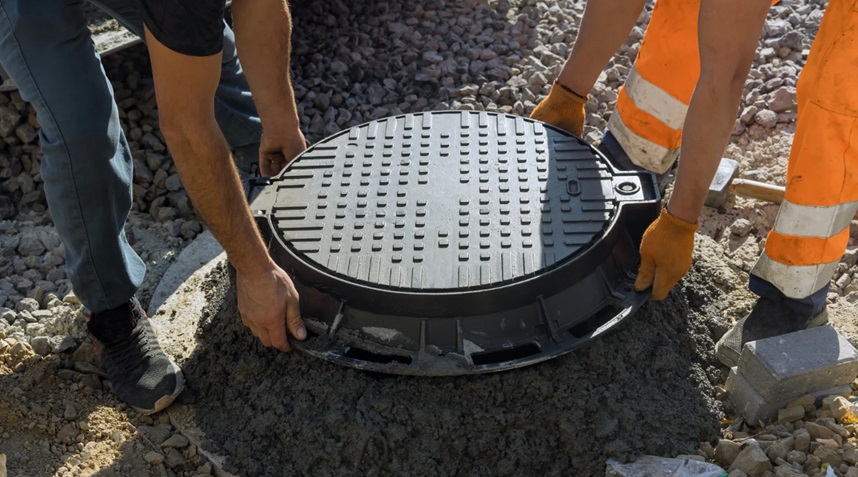
A septic system emergency is not only inconvenient—it can be hazardous to your health and property. Backups, foul odors, and system overflows require immediate attention from trained professionals. When these situations arise, homeowners rely on septic tank service in Cumming experts who know how to assess, respond to, and resolve issues with speed and precision. Understanding what happens during an emergency septic repair helps property owners know what to expect and how to act quickly.
Rapid Response and Site Evaluation
The first step in any septic emergency is a rapid response. Reputable service professionals prioritize emergencies with same-day dispatch and 24/7 availability. Upon arrival, the team conducts a detailed assessment of the situation, identifying visible signs such as pooling sewage, gurgling drains, or strong odors inside or around the property. Using specialized equipment such as cameras and pressure testing tools, technicians inspect the tank, pipes, and drain field to locate the source of the failure. The goal is to isolate the issue before it causes further contamination or structural damage.
Emergency Pumping and Waste Removal
If the tank is overfilled, backing up, or leaking, immediate pumping is often required. Septic technicians use industrial vacuum trucks to remove waste from the tank, relieving pressure on the system and preventing sewage from spilling into the home or yard. This step is especially critical if the system has not been serviced recently or has received excessive water usage. The importance of regular septic tank pumping lies in preventing system overflows, avoiding costly repairs, protecting groundwater, and ensuring the long-term efficiency and hygiene of your home’s wastewater system.
Diagnosing and Repairing Damage
Once the tank is cleared, professionals investigate further to determine the root cause of the issue. Common emergency repairs include:
- Broken or clogged inlet/outlet pipes
- Collapsed or cracked tank walls
- Blocked drain field lines
- Tree root intrusions
Technicians may need to excavate specific sections of the system to access and repair damaged components. In more severe cases, partial replacements or temporary bypasses may be implemented to restore basic functionality while permanent solutions are planned.
Sanitation and Contamination Control
Septic backups pose serious health risks due to bacterial contamination. Service professionals handle cleanup carefully, using biohazard safety protocols, disinfectants, and specialized gear to sanitize affected areas. They also assess groundwater or soil exposure near the drain field and provide guidance on whether environmental testing or restoration is necessary. Proper cleanup is essential not just for health reasons but also for preventing long-term odor and property damage.
Preventive Recommendations After Emergency Repairs
Once the immediate crisis is resolved, a qualified septic tank service provider will typically offer preventive recommendations. This may include:
- Scheduling routine tank pumping
- Upgrading outdated or undersized systems
- Implementing water usage controls
- Educating homeowners on signs of early failure
Technicians may also suggest installing risers for easier access, filters for solids control, or alarms that detect high tank levels before an overflow occurs.
Conclusion
When septic system emergencies strike, professional intervention isn’t optional—it’s essential. Experienced septic tank service providers bring the tools, training, and speed required to protect your home, health, and property value. By responding quickly and thoroughly, they not only fix immediate problems but also help homeowners avoid future crises through targeted maintenance and system upgrades.





